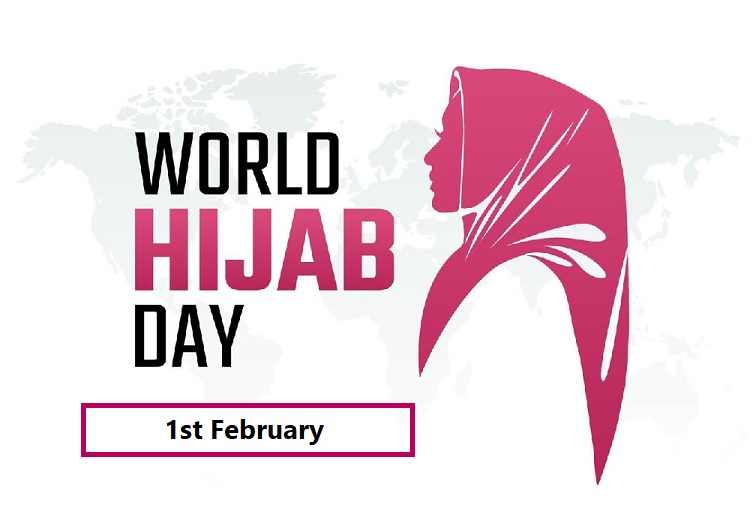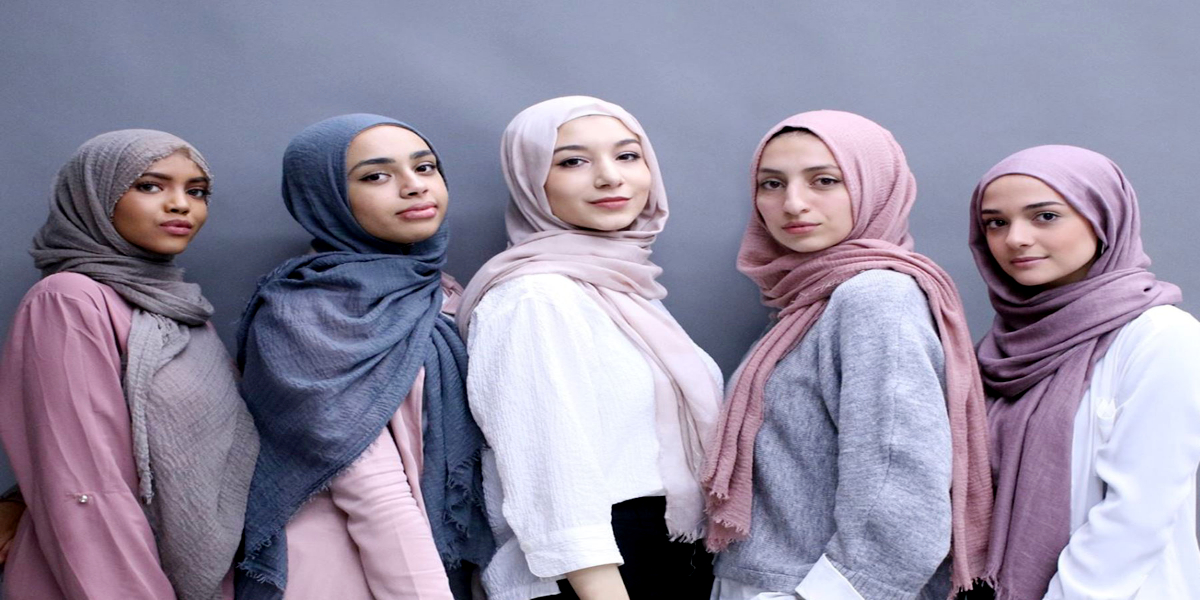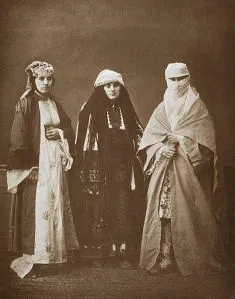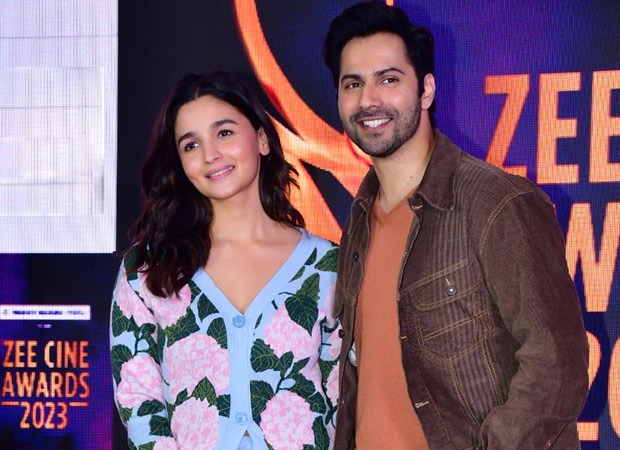World Hijab Day – 1st February
Written by Sneh Chaudhry on February 1, 2023
World Hijab Day, an international annual event created to promote religious tolerance and understanding, is celebrated annually on February 1, 2023. This celebration of the hijab, a traditional head covering for many Muslim women, seeks to educate people about Islamic culture and traditions. By celebrating World Hijab Day, we can create a better understanding of Islam and its principles that promote modesty, respect for others, and justice for all. We can also honour the many women who use their voices to challenge stereotypes and advocate for equality. In this blog post, we’ll explore what World Hijab Day is all about and why it’s important to celebrate it every year.

What is World Hijab Day?
World Hijab Day is an annual event that was created to encourage women of all religions and backgrounds to wear and experience the hijab. It is also a day to celebrate diversity and stand up against discrimination. The event was started in 2013 by a group of Muslim women in New York City and has since spread to over 60 countries around the world.

The goal of World Hijab Day is to create a more understanding and tolerant world for Muslim women. There is often a lot of misinformation and misunderstanding surrounding the hijab, and this day provides an opportunity for non-Muslim women to learn more about it. It is also a chance for Muslim women to feel empowered and proud of their choice to wear the hijab.

Anyone can participate in World Hijab Day, whether you wear a hijab or not. If you do choose to wear one, there are many resources available online to help you choose the right style and size for you. And if you don’t want to wear a hijab, that’s OK too! The most important thing is that we come together to show support for each other and stand up against discrimination.
The History of the Hijab
The hijab is a headscarf worn by Muslim women. It is often worn in public places, such as mosques, schools, and workplaces. The hijab is an important part of Islamic culture and tradition.
The word hijab comes from the Arabic word for “cover.” The hijab covers the head and chest of a woman. It is often worn with a long, loose-fitting cloak called an abaya.
The history of the hijab is unclear. Some believe that it originated in Persia, while others believe it started in the Arabian Peninsula. There is also evidence that the hijab was worn by Byzantine women.
The first clear reference to the hijab in Islamic literature is found in the hadith of Umar bin Al-Khattab, one of the most important early Muslims. In this hadith, Umar tells Muslim women to cover their heads and chests when they go out in public.

The Quran does not specifically mention the hijab, but there are verses that tell men and women to dress modestly. These verses are often interpreted to mean that Muslim women should wear a headscarf.
In the early days of Islam, many Muslim women did not wear a headscarf. This began to change during the Abbasid Caliphate when more women started wearing hijabs as a sign of modesty and piety.
Today, the hijab is worn by millions of Muslim women around the world
The Importance of the Hijab
“The hijab is a symbol of modesty and dignity for Muslim women worldwide. It is often seen as a sign of oppression, but in reality, it is empowering. The hijab allows women to be confident and independent while still being respectful of their faith.
World Hijab Day was created to celebrate the diversity of Muslim women and to promote understanding and acceptance of the hijab. On this day, women of all backgrounds are encouraged to try wearing a hijab for an entire day. This is an opportunity for non-Muslim women to learn about the Islamic faith and to show solidarity with their Muslim sisters.
The hijab is not just a piece of cloth – it is much more than that. It is a way of life that teaches us modesty, patience, and humility. Wearing the hijab reminds us of our commitment to Allah (SWT) and our determination to follow His guidance.
On World Hijab Day, let us come together to celebrate our differences and to show that we are united in our belief in the power of inclusion.”
How to Wear a Hijab
There are a few different ways to wear a hijab. The most common way is to wrap the hijab around your head and secure it with a pin. This style is called the “double loop.” Another popular way to wear a hijab is to drape it over your head and shoulders like a shawl. This style is called the “cascade.”
To wear a hijab in the double loop style, start by placing the hijab over your head so that one end hangs down your back and the other end hangs down your front. Then, take the end hanging down your back and bring it up over your head to the front. Next, take the end hanging down your front and bring it up over your head to the back. Finally, secure both ends of the hijab with a pin or clip.
To wear a hijab in the cascade style, start by draping the hijab over your head so that one end hangs down your back and the other end hangs down your front. Then, take the end hanging down your front and drape it over one shoulder. Next, take the end hanging down your back and drape it over the other shoulder. Finally, adjust both ends of the hijab so that they are even and comfortable.
Conclusion
World Hijab Day has become an important event in the world and is celebrated on February 1, 2023. It celebrates the right of Muslim women to wear a hijab in public and to express their self-expression. We hope that this day increases understanding, acceptance and respect for people of all faiths around the world. Additionally, it encourages positive dialogue about why some choose to wear a head covering as part of their faith practice or culture. Through increased awareness, we can ensure that everyone’s rights are respected regardless of race, religion or gender expression.







